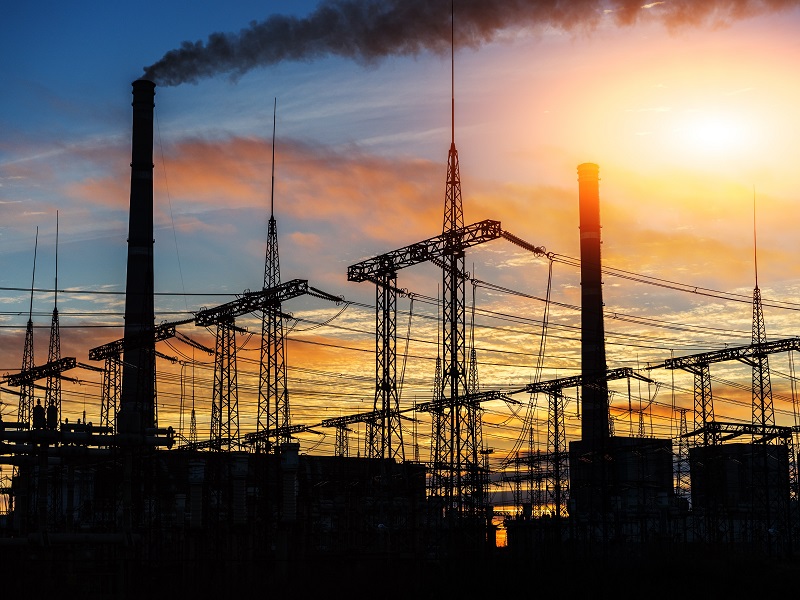

Amid concerns of energy independence and rising costs, institutional investors are increasing their investments in U.S. power plants and electricity-generating assets, said Aleksandar Andonov, associate professor of finance at the University of Amsterdam, during a webinar hosted by the International Centre for Pension Management.
Andonov shared the results of a study he conducted in partnership with Joshua Rauh, professor of finance at Stanford University’s Graduate School of Business, which found private equity firms and institutional investors increased their joint shares in U.S. power generation assets from six per cent in 2005 to 24 per cent in 2020.
Read: 2022 Risk Management Conference: Using renewable energy assets to manage risk in private markets
He noted private equity and institutional investors jointly own roughly 60 per cent of wind farms, 45 per cent of solar farms and 28 per cent of natural gas farms in the U.S., assets that are vital to sustaining functioning markets and can stimulate long-term economic growth and development.
“In recent years, [we’ve seen] a lot of concerns about . . . blackouts that can happen in different countries . . . [and] pricing volatility — something we experienced . . . in Europe in recent years. There is also growing concern after . . . [the Russia-Ukraine war] about security and energy independence,” he said, noting there are a lot of capital commitments required in order for the U.S. to meet its targets for energy independence.
While these assets tend to be volatile due to major transitional phases, such as development and shutdown, Andonov said institutional investors are investing in assets that have already surpassed their volatile phase, holding them for a period of time before selling them prior to their shutdown phase.
Read: Institutional investors increasing focus on renewables in infrastructure investments
Although power generation assets can be volatile for private equity firms, these assets tend to produce more stabilized prices for institutional investors because they expect their infrastructure allocations to be stable, long-term cash flows that offer inflation protection, he said, adding when institutional investors invest directly, they establish long-term contracts and use long-term increments that stabilizes the price.
The study also found that in deregulated markets, the share of institutional investors increased five per cent in 2020, whereas in traditional markets, there was a lower and flatter increase. This suggests market regulation is the main mechanism to attracting new capital, said Andonov.
Read: OTPP, PSP buying Australian energy investor; OTPP acquiring pine forests
